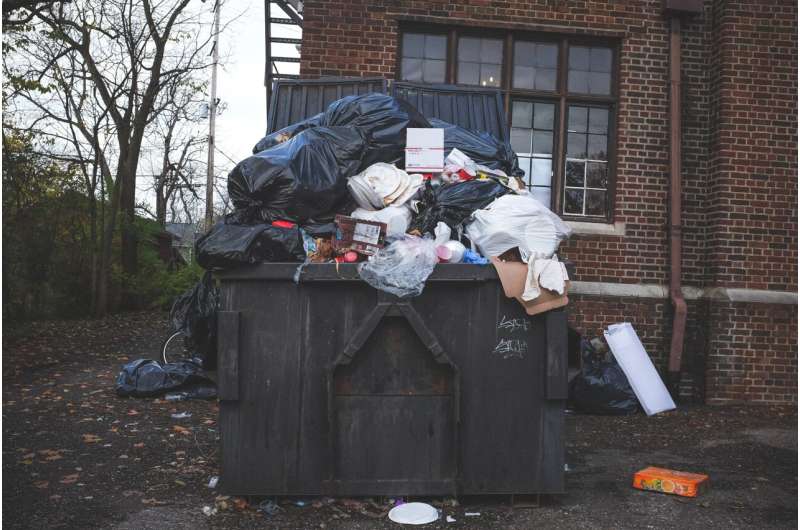
The aging incinerator that burned down last year in Doral, Florida, processed half of Miami-Dade's trash, forcing the county to ship the garbage some 100 miles north.
If all goes to plan, it could be replaced by what is billed as the largest waste-to-energy facility ever built in the United States. The controversial question about where it will go, however, remains undecided.
AtkinsRéalis, the county's consulting firm for the project, unveiled preliminary designs for a facility that would handle 50% more waste than the one burned beyond repair in February 2023. That older generation waste-to-energy operation burned nearly 100 million tons of trash a year but also drew constant complaints from neighbors about foul smells.
The new one, estimated to cost $1.5 billion, would potentially be capable of turning 4,000 tons a day of trash into electricity and alternative fuels. There also is potential for the county to add carbon capture technology to make it a "net zero" facility, reducing emissions that fuel climate change, the consulting firm said.
"We're perfectly positioned to continue to support our long-standing client with the development of a green mixed-use industrial campus that creates renewable energy," said Steve Morriss, president of AtkinsRéalis in a press release.
The company has a 10-year, $65 million contract with Miami-Dade to oversee permitting and whatever contractor is eventually selected to build the facility.
The firm released "conceptual" renderings for the first time to the public but did not discuss the design in detail. It also said the plant would also be one of the newest waste-to-energy facilities in the country—only one other has been built in the last 20 years.
There's still debate and a difficult political decision about where the facility will go, with most cities in Miami-Dade not wanting it in their backyard because of past complaints of smells, water and air quality surrounding incinerators, including the one operated by Covanta Energy in Doral.
In a statement sent to the Herald, the office of Mayor Daniella Levine Cava said that a lot of steps remain before selecting a final design and site.
"We want to be clear that Miami-Dade County has not made a final decision about where to place a new Waste-to-Energy facility, or the final scope of the project, and we remain committed to approaching this process as methodically as possible—with the opportunity for thorough evaluation of all possible sites and input from residents and stakeholders across the community," the statement said.
A report released in May by another county consultant that analyzed three potential sites—at the original Doral location, at the defunct Opa-locka West Airport and in an industrial tract in Medley—only added fuel to the fire of the ongoing debate. None of the residents in nearby communities support it, despite the fact that the new technology is reputedly greener, cleaner and far less smelly. Each site, the report found, had its pros and cons.
The city of Miramar, for one, has threatened to sue if it was placed at the Airport West site near the Broward County line. Some environmental groups also campaigned against another incinerator. The non-profit organization, Flordia Rising, protested for the county to "innovate not incinerate" and wanted the county to look into more organic options like composting.
It would be the Tampa-based consulting firm's third alternative fuel program in the state, but its first waste-to-energy facility. AtkinsRéalis has also worked with other Florida clients in the past, including FDEM, FDOT, FTE, Miami-Dade Aviation and Port Miami.
There is no timeline yet for when the county will decide on a site or when construction might start.
2024 Miami Herald. Distributed by Tribune Content Agency, LLC.
Citation: Miami-Dade plans to build the biggest waste-to-energy facility in the country (2024, August 7) retrieved 7 August 2024 from https://techxplore.com/news/2024-08-miami-dade-biggest-energy-facility.html
This document is subject to copyright. Apart from any fair dealing for the purpose of private study or research, no part may be reproduced without the written permission. The content is provided for information purposes only.
